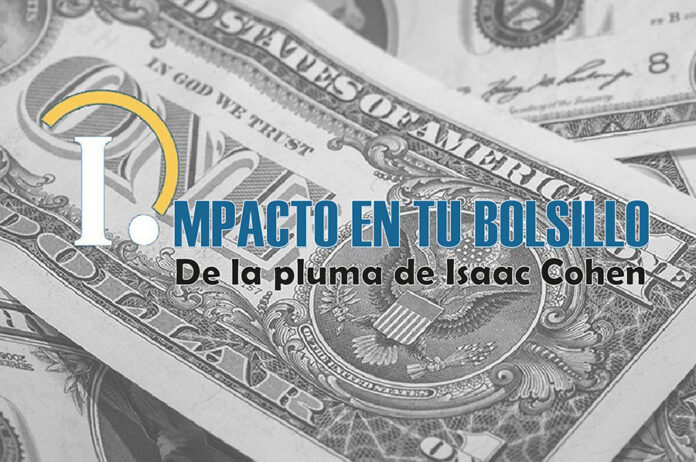The most recent projection on economic growth in China, by the International Monetary Fund, revealed a slowdown this year to 4.6 percent, after 5.3 percent in 2023 resulting from the end of COVID restrictions. The main factor contributing to the slowdown is the continuation, for the third consecutive year, of a generalized contraction in the property market, which has generated “elevated local government debt risks.” Due to the prominence of these factors, among others, the last consultation between the Chinese government and the Monetary Fund staff “was focused on the property sector and the local government debt issues.”
Another immediate risk to the economic performance of the Chinese economy is emanating from the external sector, together with the medium-term impact of an aging population.
On the external sector the demand for Chinese exports is weakening, given slow growth in advanced economies and protectionist measures adopted and maintained by the United States government since 2018. For instance, US imports from China fell 20 percent in 2023, to $427.2 billion. Also last year, the US trade deficit with China decreased by more than $100 billion, to $281 billion. Meanwhile, Mexican exports to the United States last year remained as in 2022, at more than $475 billion, making Mexico for the first time in 20 years in the main supplier of US imports.







